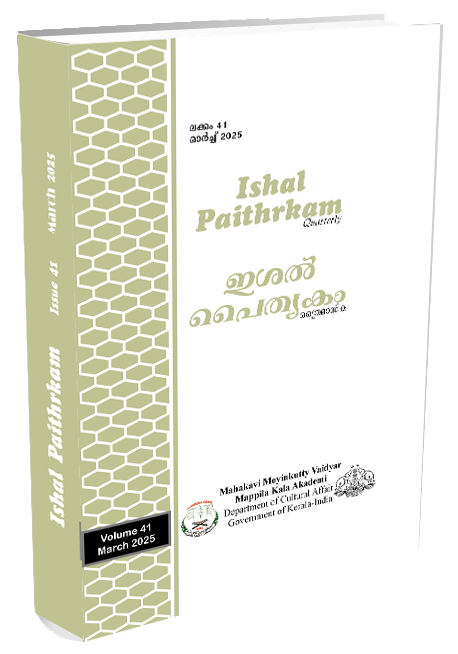Worldbuilding: Depiction of War and Trauma in Select Works of Mary Pope Osborne’s The Magic Tree House Series
Keywords:
Trauma, war, worldbuilding, Magic Tree House series, children’s literatureAbstract
War is a catastrophic event with intense consequences affecting the physical and mental health of people. Literature for children represents war and trauma in myriad dimensions handling the sensitivity of topic and considering the vulnerable mindsets of young readers. Many authors have attempted to delve into the emotions and plight of the survivors of war in their works. One such is Mary Pope Osborne who rebuilds the past worlds and provides her readers with a vicarious experience of different historical events. Her readers and her characters are transported to the past to experience war trauma thereby helping them to comprehend its effects. The Magic Tree House series by Osborne is an attractive read that embodies various literary elements to enhance the reading experience. Osborne has effectively used the technique of worldbuilding to represent war and trauma in her series. The study attempts to analyse the role of world-building in providing the readers with a firsthand experience of war and trauma in the light of Cathy Caruth’s trauma theory. The paper concentrates on the role of literature in representing trauma; providing resilience through stories; and educating children about the cruelty of war, a social reality through fictional means of worldbuilding.
Downloads
References
Brownlee, Erin M. (2013). Fighting for Hope: The Chronicles of Narnia and The Harry Potter Series as Transformative Works for Child Readers Traumatised by War [Doctoral Dissertation, Texas State University].
Caruth, Cathy. (1996). Unclaimed Experience: Trauma, Narrative, History. John Hopkins University Press.
Ekman, Stefan and Audrey Isabel Taylor. (2009). Notes toward a Critical Approach to Worlds and World-building. Fafnir – Nordiac Journal of Science Fiction and Fantasy Research, 3(3), 7-18.
Franco, Inés Condoy. (2011). “The Depiction of War in Literature for Children: An Approach to The Topic.” Anuari De Filologia: Llengües I Literatures Modernes, 11, 205-26.
Hume, Kathryn. (1984). Fantasy and Mimesis: Responses to Reality in Western Literature. Methuen.
Kaur, Pushpneet. (2023). Cathy Caruth’s Trauma Theory and Contemporary Indian Fiction: A Study [Doctoral Dissertation, Dayalbagh Educational Institute].
Kertzer, Adrienne. (2022). “Trauma Studies.” In A Companion to Children’s Literature. In Karen Coats, Deborah Stevenson and Vivian Yenika-Agbaw (Eds.), (pp. 403-13). Wiley Blackwell.
Kidd, Kenneth B. (2011). Freud in Oz: At the Intersections of Psychoanalysis and Children’s Literature [Doctoral Dissertation, University of Minnesota Press].
Luckhurst, Roger. (2006). “Mixing memory and desire: Psychoanalysis, Psychology and Trauma Theory.” In Literary Theory and Criticism: An Oxford Guide. In Patricia Waugh. (Ed.), (pp. 497-507). Oxford University Press.
Osborne, Mary. (2000). Civil War on Sunday. Random House.
---. (2015). Danger in the Darkest Hour. Random House.
---. (2000). Revolutionary War on Wednesday. Random House.
Pennebaker, James W. (1990). Opening Up: The Healing Power of Expressing Emotions. The Guilford Press.
Shields, Amber Leigh Francine. (2018). In-Between Worlds: Exploring Trauma Through Fantasy [Doctoral Dissertation, University of St Andrews].
Stubbe, Dorothy E. (2013). “Communication With the Trauma Survivor: The Importance of Responsive Support.” Focus: The Journal of Lifelong Learning in Psychiatry, XI(3), 368-71
Tolkien, J. R. R. 2008. Tolkien On Fairy Stories. In Verlyn Flieger and Doughlas A. Anderson, (Eds.), (pp. 28-84). Harper Collins.
Downloads
Published
Issue
Section
License
Copyright (c) 2025 ISHAL PAITHRKAM

This work is licensed under a Creative Commons Attribution-NoDerivatives 4.0 International License.

